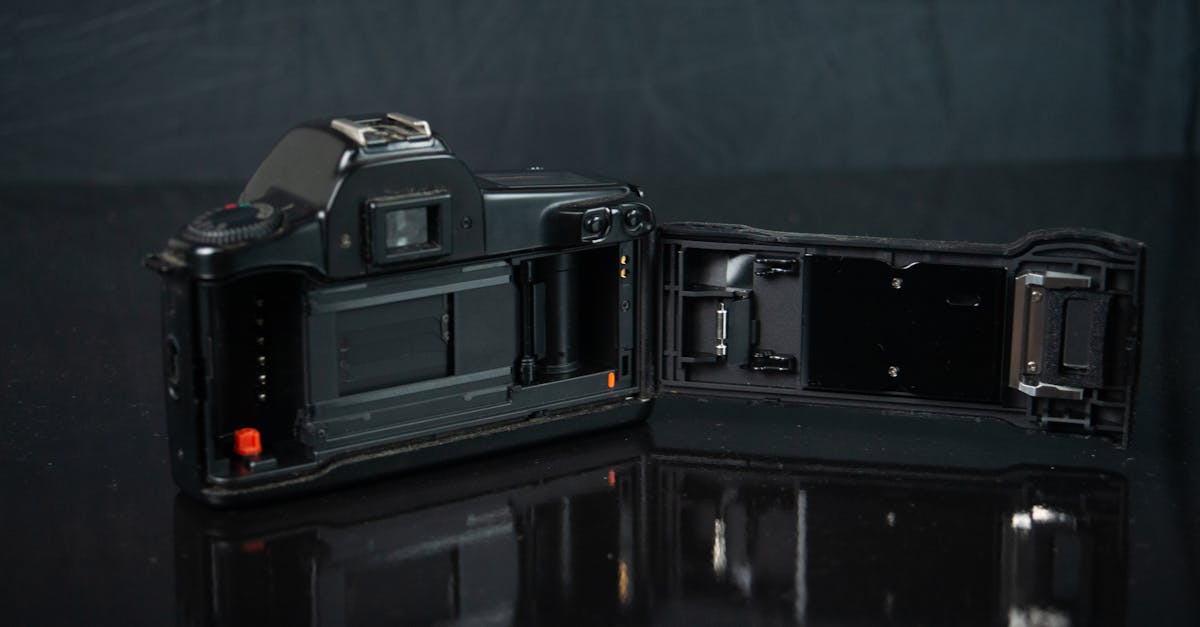
Contact Us!
FAQS
What is a sonde camera and how is it used in drainage engineering?
A sonde camera is a type of camera attached to a flexible rod that is inserted into drainage systems to capture real-time footage and data. It is used in drainage engineering to inspect the condition of pipes, identify blockages, and assess the overall health of the drainage system.
How can sonde cameras assist in environmental impact assessments?
Sonde cameras can provide valuable insights into the environmental impact of drainage systems by identifying potential pollution sources, detecting leaks, and assessing the overall condition of the infrastructure. This information is crucial for conducting thorough environmental impact assessments.
What are some best practices for conducting sonde camera inspections? Drain Camera Sales
Some best practices for conducting sonde camera inspections include ensuring proper training for operators, conducting regular maintenance on the equipment, and documenting all findings accurately. It is also important to follow safety protocols and adhere to industry standards during inspections.